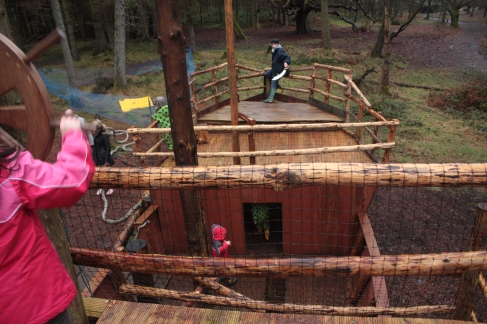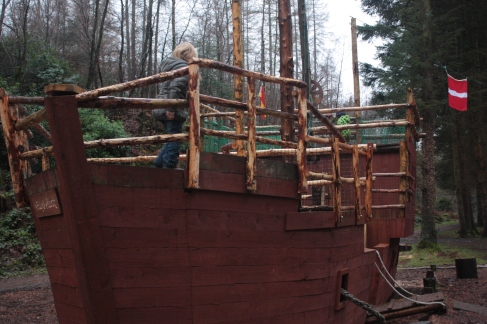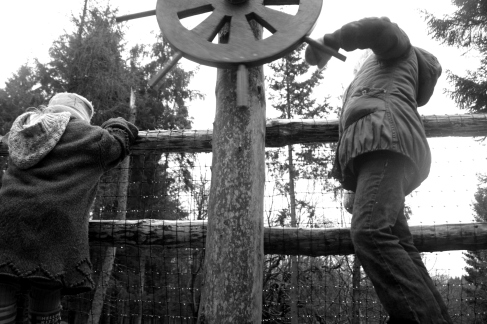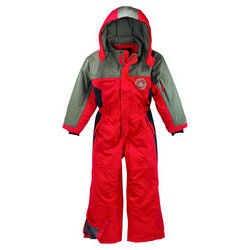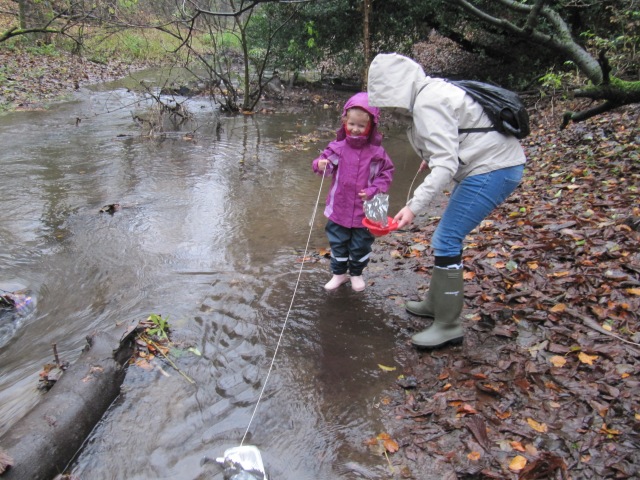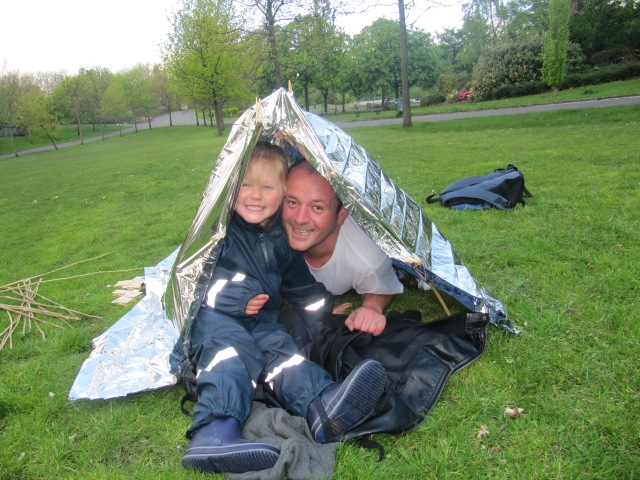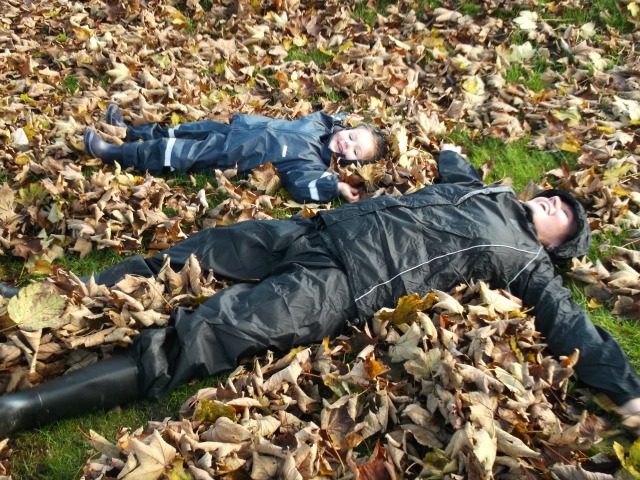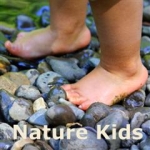There has been a lot of mention of how badly Britain fares in comparison to other European countries in relation to children playing outside, or having quality play time in nature. As someone who grew up in one of the countries often quoted for better practice, I was keen to dig a bit deeper during our holiday (which was a very German type of family holiday, with the English translation of farm holiday not quite cutting it).
I’ve often commented on how I love German play parks. On the whole, they are much more enticing, with more natural materials. It’s not that you can’t find these kind of play parks in the UK, just that they are usually found in theme parks or outdoor places where you have to pay to get in (and drive to), while in Germany, they can be found in cities and towns, in public and freely accessible parks. On the other hand, the artificial and small kind of UK play park is a frequent occurrence while in Germany I had to often look hard to find any play park at all (many are private for residents of specific housing estates).
German city planning does tend to always create a safe, easily visible play space in the centre of new housing, and new housing there is lots with Germany moving from mainly rented accommodation to owner occupied houses.
There is also a cultural value placed on children accessing the fresh air every single day. This starts with a belief that babies are best outside for naps and should be taken on a walk in the pram at least once a day. Babies are left to nap in sub zero temperatures, well wrapped up of course, outside. I took this for granted but have seen it pointed out as very unusual by UK articles.
There are also more pedestrianised areas in residential areas, or “Play Streets”, a term used for residential streets where cars have to go dead slow because kids may be out in the street, which creates safe streets that allow kids to play out.
However, it’s not like we’re talking different worlds. Germany has probably a higher rate of car ownership than the UK (though also a higher rate of bike ownership and use) and traffic here and there is a major concern for parents which has led to kids being kept indoors. The perceived stranger danger risk (perceived in the sense that the risk is really rather low but seen as real and high) have also contributed to much closer supervision of children.
So when I talked to parents they brought up the same concerns that we have in the UK, that children are not able to spend as much time playing outdoors as parents would like them to, that safe play areas are scarce and that kids spend too much time indoors in front of screens.
On our holiday, we let the kids play unsupervised for the very first time. They were free to roam with only occasional checks by one of the parents. This was clearly a liberating experience for the children, and adults alike, but regardless of where the parents came from (Germany, Netherlands, UK) we found ourselves marvelling at the exceptional nature of this situation and how well it all worked.
The differences are only minor, we all face the same changes that the modern world brings along, just that Germany alongside the Scandinavian countries has a longer standing tradition of valuing nature in the upbringing of children. Germany has been concerned with dying nature, environmental impact of people and the loss of green spaces for a while, in a context that has often been dubbed a kind of transferred nationalism. German nationalism being very much frowned upon, patriotism is expressed in valuing the natural spaces of the countryside which are seen as quintessentially German and need to be protected and enjoyed, particularly the woodlands. All the while people own cars, drive everywhere and have all the latest gadgets which compete for attention with the natural playground.
It’s great to be inspired by different and better practices in other countries, but I’d be wary to stress too much how things are so much better, because they may actually only better by degrees and we may have a lot of opportunites locally which are just as valuable. Is there a city with a better spread of wonderful parks and small woodlands than Glasgow? Nature is literally at our doorstep, and we have the amazing opportunity to reach out for it and just go there. Because the best play park in a German city simply doesn’t compare with what we have right here within an arm’s reach.

